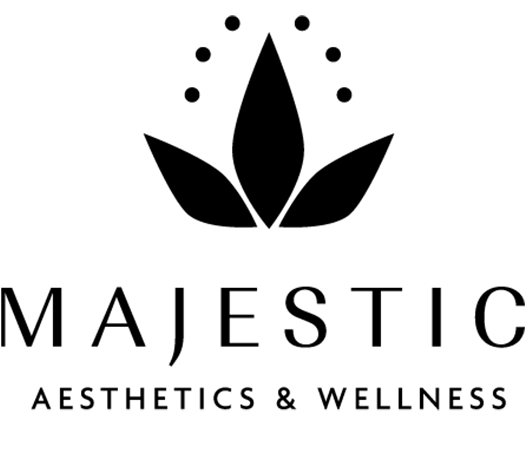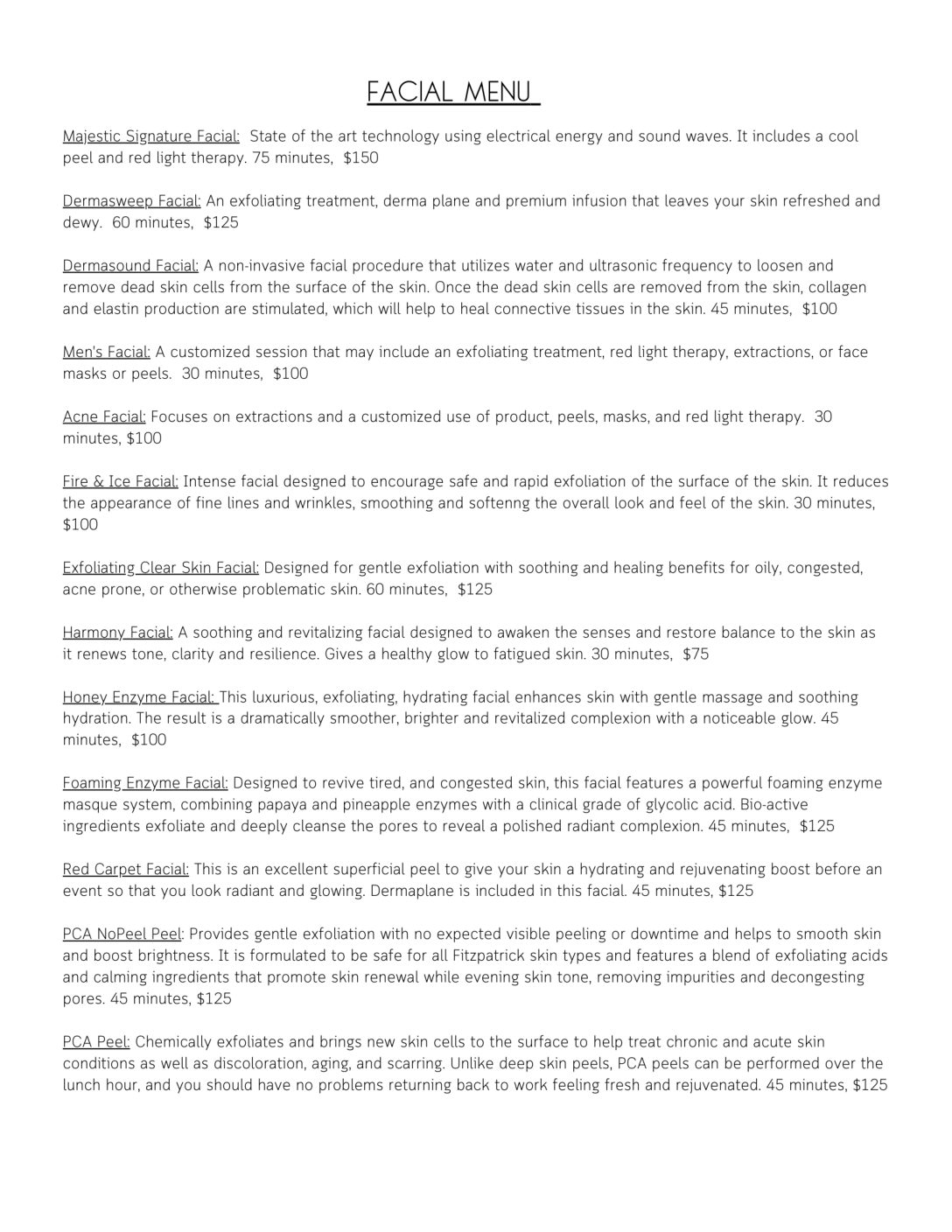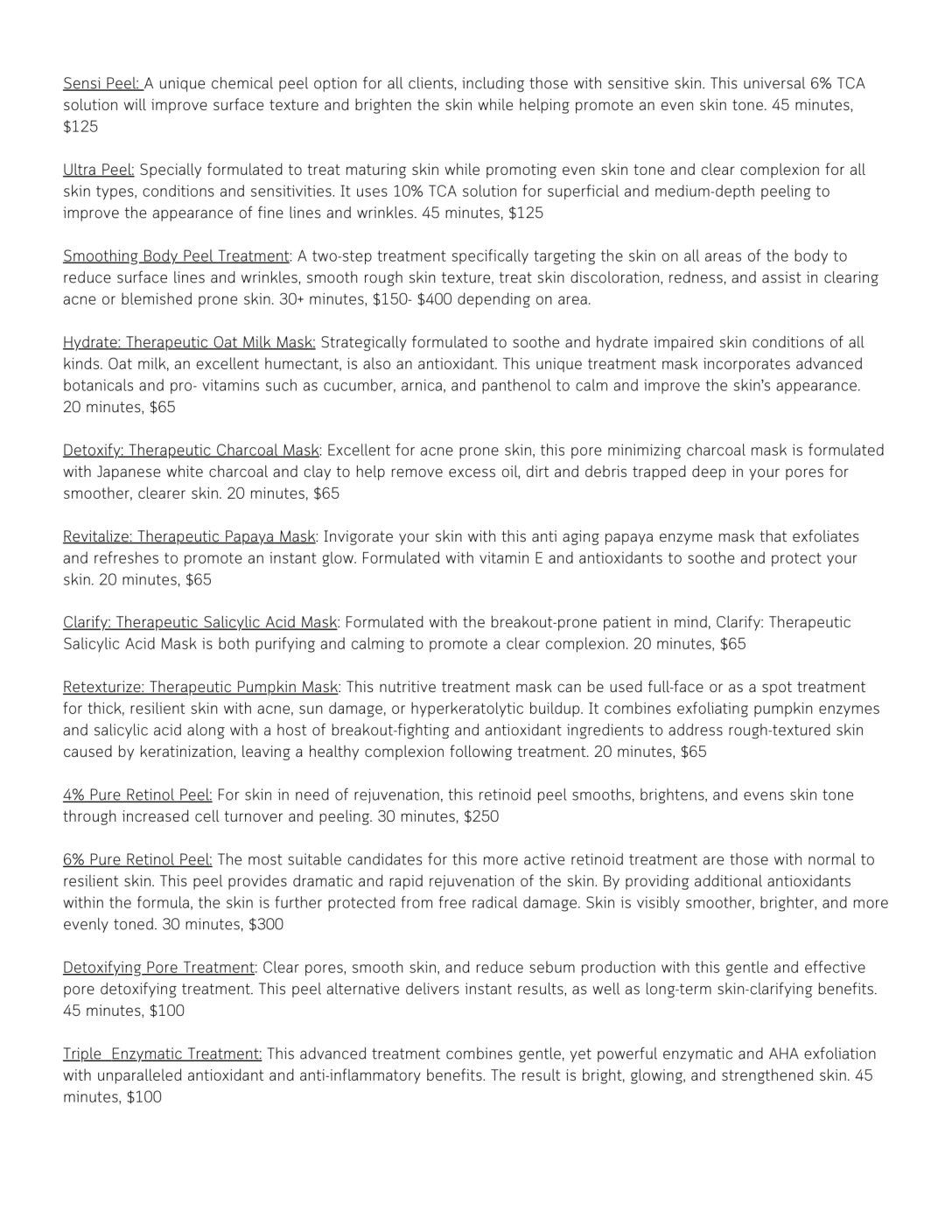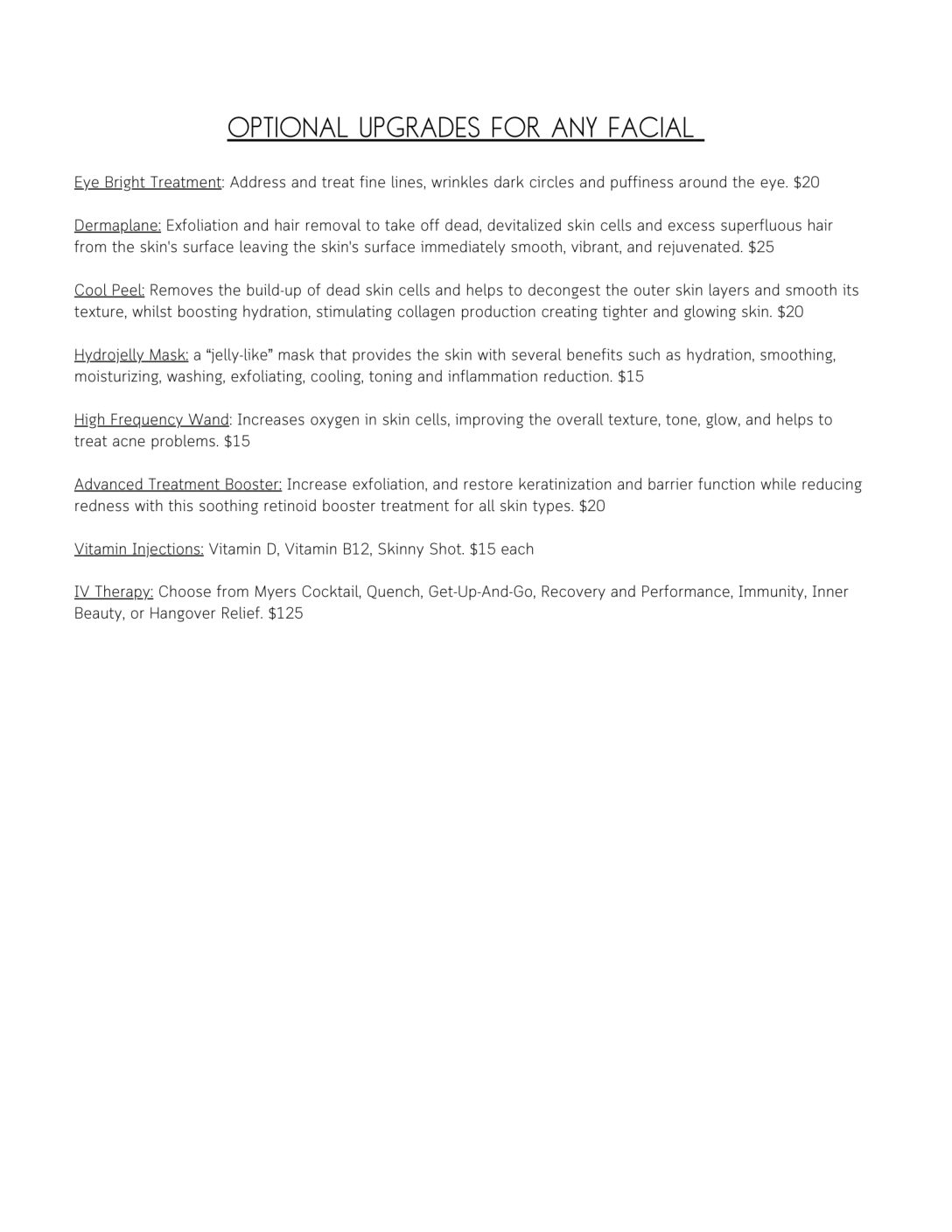Authors:
Matthias C. Austa,*, Karsten Knoblocha, Kerstin Reimersa, Jo ̈rn Redekera, Ramin Ipaktchia, Mehmet Altintas a, Andreas Gohritz a, Nina Schwaiger b, Peter M. Vogt a
a Clinic for Plastic, Hand and Reconstructive Surgery, Hannover Medical School, Carl-Neubergstr. 1, 30625 Hannover, Germany b Department of Hand and Plastic Surgery, Diakoniekrankenhaus Friederikenstift, Marienstraße 37, 30163 Hannover, Germany
Patients with scarring after burn frequently request help in improving the aesthetic appearance of their residual cicatricial deformity. It is their hope to eradicate the physical evidence of a scar and to re-establish a normal appearance and texture to the site of injury. The quality of life is an important issue in this regard.
In addition to scar treatments, such as tissue transfer, W- and Z-plasties, flaps and cortisone injections, the quest has led to the application of many different topical therapies which have included carbon dioxide (CO2) laser re-surfacing, derm- abrasion and deep chemical peels. These treatments all follow the same principle: the level of the normal skin is taken down closer to the level of the offending scar [1–3]. The ideal treatment would be to do exactly the opposite: improving the scar quality and building up the scarred tissue to the level of the normal skin. On account of the complications of re-surfacing lasers and deep peels, other modalities such as fractionated laser, radiofrequency heat, superficial repetitive peels, and intense pulsed light have become more popular. Initiating a wounding stimulus in the dermis and causing necrosis of dermal cells creates a stimulus for fibrosis, inducing new collagen and elastin synthesis by fibroblasts and resulting in skin tightening [4].
In addition, it is important to recognize that ablating the epidermis of scarred skin with subsequent protracted ree- epithelialisation may render the skin more sensitive to photo-damage and dyschromia [5,6,1]. To rejuvenate scarred skin and re-establish a more normal appearance, the maintenance or establishment of a perfect epidermis with natural dermal papillae, good hydration, normal color, and normal resilience is required.
To overcome the aforementioned complications we thought to evaluate the feasibility and safety of percutaneous collagen induction (PCI) therapy (medical needling) in post- burn scarring. PCI therapy was introduced in 1997 as indication for treating scars and wrinkles [7].
Given the pathophysiology of burn scars, we hypothesized that PCI is safe and feasible for the treatment of the post-burn injury. The associated trauma induces the normal wound- healing inflammatory cascade, and the scar collagen that is broken down is replaced with new collagen under the epidermis. Based on these principles, Fernandes developed a new technology, PCI, to initiate a natural, confluent and superficial post-traumatic dermal inflammation by rolling needles vertically, horizontally and diagonally with pressure over the treated area [7] (Fig. 1(b)). The aim is to induce as many microwounds in the dermis by the needle pricks as possible (Fig. 1(c) and (d)). For PCI, the skin was anaesthetized with regional nerve blocks and/or infiltration of local anesthetic and conscious sedation (where large or sensitive areas are being treated) or general anesthesia.
1. Patients and methods
1.1. Study design
This was a prospective cohort study.
1.2. Patients
Inclusion criteria: Mature burn scars (at least 2 years after burn) and hypertrophic burn scars.
Exclusion criteria: Limitations included the inadequate pre-treatment with vitamin A of some patients, previous treatment with chemical peeling or dermabrasion, active skin processes (e.g., active acne and infections), immature burn scars less than 2 years post-burn (to minimize the effect of further scar maturation) and unrealistic expectations of some patients.
Between January 2006 and January 2008, 16 consecutive patients in Germany (n = 16) with post-burn scarring met the aforementioned inclusion criteria. Eight of the patients were women and eight were men (female-to-male ratio, 1:1, Table 1). The average age was 37 (15.5) years (range, 18–65 years) with an average body mass index (BMI) of 25.7. The average time to medical needling (duration from consultation) was 3 (15.5) months (range, 1–12 months). This is relevant because it represents the duration over which patients can pre-treat their skin with vitamins A and C. No patient was lost to follow-up.
1.3. Mechanism of injury
Majority of the cases were due to open fire injuries (n = 11, 33, 68.8%), which were sustained during car accidents, cooking and Christmas tree accidents.
Other causes for thermal injuries were scald injuries (n = 5, 31, 2%) sustained during bathing or by dropping hot water.
1.4. Original depth of burn
In 12 cases (75%) of deep second-degree burn, tangential excision and skin grafting were performed. For four patients (25%) with second-degree thermal injury, no operation was performed post-burn; scarring occurred in spontaneously healed burns.
1.5. Sites treated in terms of anatomic location
The burns affected mainly the body and extremities (n = 12 patients, 75%). Four out of 16 patients (25%) had second-degree thermal injuries of the face.
1.5.1. Intervention
The type of intervention was PCI using the Medical Roll-CIT (Vivida, Cape Town, South Africa, Fig. 1(a)) for one to four treatments.
The skin/scars of all 16 patients was prepared preoperatively for at least 1 month with vitamin A (retinyl palmitate) cream and vitamin C cream (Ascorbyl tetraisopalmitate (Environ Original and C-Boost; Environ Skin Care, Pty. Ltd., Cape Town, South Africa)) applied topically twice daily to maximize dermal collagen formation.
All patients received the same postoperative treatment (no postoperative dressing, same vitamin creams (vitamin A (retinyl palmitate) cream, and vitamin C cream (Ascorbyl tetraisopalmitate) as local external twice daily.
Orentreich and Fernandes independently described ‘sub-cision’ or dermal needling [7,8]. This involved pricking the skin and then disrupting the dermis with a needle to build up connective tissue under scars. However, this technique could not be used over large surface areas. Camirand used a tattoo gun to treat scars with ‘needle abrasion’ [9]. The fundamental similarity of these different techniques is that the needles disrupt the old collagen structures that connect the scar with the upper dermis. The associated trauma induces the normal wound-healing inflammatory cascade, and the scar collagen that is broken down is replaced with new collagen under the epidermis.
1.6. Postoperative care
Immediately after PCI, the area was swollen, with superficial bruising. After the initial bleeding stopped within a few minutes, there was a serious ooze, which stopped within the first few hours after the operation. To absorb the bleeding and serous ooze, the treated area was covered with cool, damp swabs; they were periodically replaced for the first 2 h after the operation. The skin was finally washed with a tea tree oil-based cleanser, and the vitamins A and C regimen started immediately. The patient was instructed to wash the face thoroughly again when they returned home. Patients usually did not require postoperative analgesia if the procedure had been performed under local anesthesia. When the procedure had been performed under general anesthesia without any local/topical anesthetic, the patient might complain of burning for the first hour postoperatively, so it was wise to administer an analgesic at the end. The oedema could be quite significant when needling had been performed but started resolving from the second day postoperatively, and by the fourth or fifth day, there was usually only mild erythema remaining. Patients were usually able to return to normal daily life by the seventh day. Topical vitamins A and C both maximize the initial release of growth factors and stimulate collagen production [10–13].
1.7. Advantages and disadvantages
Major advantages of PCI are that the patients had no open wound and consequently required only a short healing phase. Because the epidermis and stratum corneum were only clefted and were never removed, there was no exposure to air and no risk of photosensitivity or any post-inflammatory hyperpigmentation or hypopigmentation. The disadvantages that the authors saw were the surgeon’s exposure to blood, the need for complete anesthesia of the skin when performing needling, unsightly swelling and bruising for the first 4–7 days, and that the final result took longer than with laser re- surfacing (new collagen continues to be laid down for approximately 3 months) [1–3,14,15].
1.8. Outcome measures
(1) Rating on questionnaires (visual analog scale (VAS), Vancouver Scar Scale (VSS) and the Patient and Observer Scar Assessment Scales).
(2) Histological specimen 12 months after intervention.
1.9. Rating
Patient satisfaction was evaluated prospectively before PCI and 12 months postoperatively by the patient themselves using a VAS (0: absolutely dissatisfied and 10: completely satisfied). The VAS was compared with two reliable, objective and universal methods for assessing scars: the VSS and the Patient and Observer Scar Assessment Scales. The VSS has been described to provide a descriptive terminology for the comparison of scars and assessing the results of treatments. It considers four parameters: vascularity, height (thickness), pliability and pigmentation. Each variable is scored for severity between 0 (normal skin) and 4 (most severe) to give a total score of between 0 and 16 (where 0 reflects normal skin) [16–18]. The assessments were carried out by two independent observers who regularly treat scarred patients. The Patient and Observer Scar Assessment Scales consists of two scales: the patient scale, which considers six parameters (e.g., color, pliability, thickness, relief, itching and pain); and the observer scale, which considers five parameters (e.g., vascularisation, pliability, pigmentation, thickness and relief). Each parameter was scored from 0 to 10, where 10 reflects the worst severity. At 12 months after PCI, each patient and the two independent observers completed the observer and the patient scales for that patient’s scars. The VSS assessment was performed by the same set of observers.
1.10. Histology
Histology was carried out with 3-mm punch biopsies, to compare preoperative collagen and elastin with that obtained postoperatively, both qualitatively and quantitatively, using van Gieson and hematoxylin and eosin stains (Figs. 2 and 3).
1.11. Statistical analysis
Statistical analysis was performed using the Chi-square test. Significance was accepted at a level of p < 0.05.
2. Results
2.1. Return to work
Postoperatively, all treated patients were able to return to normal daily life after 1 week.
2.2. Adverse effects
No patient required postoperative analgesia, and all continued to apply vitamins A and C twice daily on an ongoing basis.
2.3. Patient satisfaction
Some patients came for a second or third treatment to improve the outcome, but as far as the authors know, no treated patient underwent any open surgical procedure for a dissatisfactory PCI. Some patients reported swelling and bruising for up to 7– 10 days. No patients reported scarring, hypopigmentation or hyperpigmentation or photosensitivity, postoperatively.
The average preoperative score was 4.5 (range, 2–5), which improved significantly to 8.5 (range, 7–10) postoperatively (Table 2). The average preoperative VSS score was 7.5 11.5 (range, 4–11), which improved to 4.8 15.5 (range, 1–6), 1 year after PCI therapy. The Patient and Observer Scar Assessment Scale scores improved on average from 27 13.5 (range, 14–38) preoperatively to 19 11.5 (range, 14–25), 1 year after PCI therapy (Table 3). Postoperatively, no patients experienced any photosensitivity or developed any post-inflammatory hyperpigmentation or hypopigmentation (Figs. 4–6).
2.4. Histology
Van Gieson staining showed a considerable normalization of the collagen/elastin matrix in the reticular dermis and an increase in collagen deposition at 12 months postoperatively. The collagen also appears to have been laid down in a normal lattice pattern, rather than in parallel bundles as seen in scar tissue (Fig. 2(a) and (b)).
Haematoxylin and eosin staining demonstrated a normal stratum corneum, thickened epidermis (45% thickening of the stratum granulosum), and normal rete ridges 1-year postoperatively (Fig. 3(a) and (b)).
However, the original structure of normal and healthy skin could not be restored. This is shown especially by a decreased cell density in the dermis and epidermis and a partial irregular fibre structure in the dermis compared with normal skin.
3. Discussion
The main result of this study is that PCI (medical needling) appears to be a simple and encouraging method for treating scarring after burn. Our primary hypothesis was proven. Both subjective assessment of the scarring as well as the histological examinations revealed significant improvements in a total number of 50 patients on two continents over 1 year. However, we caution that these data have not been compared with that of untreated controls. We have now embarked on such a study.
The effects of PCI therapy in post-burn scarring therapy should be discussed in detail.
3.1. Rationale for using topical vitamins A and C
The necessity for using vitamins A and C for PCI has been described by Aust [14,15]. Vitamin A, a retinoic acid, is an essential vitamin (actually a hormone) for skin. It expresses its influence on 400–1000 genes that control proliferation and differentiation of all the major cells in the epidermis and dermis. Retinyl esters are the main form of vitamin A in the skin and for these reasons we have elected to apply vitamin A in its ester forms (retinyl palmitate and retinyl acetate), with little use of retinol or retinoic acid directly. Vitamin C is also essential for the production of normal collagen [10–13]. PCI and vitamin A switch on the fibroblasts to produce collagen and therefore, increase the need for vitamin C.
Vitamin A may control the release of transforming growth factor (TGF)-3 in preference to TGF-1 and TGF-2 because, in general, retinoic acid seems to favor the development of a regenerative lattice-patterned collagen network rather than the parallel deposition of scar collagen found with cicatrization. We have learned in recent years TGF-b plays an enormous role in the first 48 h of scar formation. Whereas TGF-b 1 and TGF-b 2 promote scar collagen, TGF-b 3 seems to promote regeneration and scarless wound-healing with a normal collagen lattice [19,20]. The ideal treatment of scars should be to promote regeneration rather than cicatrization, and this could offer our patients the result that they are hoping for.
3.2. Normal stimulation of collagen production
PCI aims to stimulate collagen production by using the normal chemical cascade that ensues after any trauma. There are three phases in the body’s wound-healing process, which follow each other in a predictable fashion. This has been well described in The Biology of the Skin by Falabella and Falanga [21].
Platelets and, eventually, neutrophils release growth factors such as TGF-a, TGF-b, platelet-derived growth factor, connective tissue activating protein III, connective tissue growth factor, and others that work in concert to increase the production of intercellular matrix. Monocytes then also produce growth factors to increase the production of collagen III, elastin, glycosaminoglycans and so forth. Approximately 5 days after skin injury, a fibronectin matrix forms with an alignment of the fibroblasts that determines the deposition of collagen. Eventually, collagen III is converted into collagen I, which remains for 5–7 years. With this conversion, the collagen tightens naturally over a few months. PCI causes even further smoothening of scars several weeks or even months after the injury [14,15].
During the usual conditions of wound-healing, scar tissue is formed with minimal regeneration of normal tissue. We hypothesize that the controlled wound milieu created during PCI, by minimizing the usual stresses such as exposure to air, infection, mechanical tension, and so forth, may take us closer to regenerative healing. We also believe that our results support our hypothesis.
Finally, we should question why we destroy the epidermis to achieve smooth skin. The epidermis is a complex, highly specialized protective layer, even though it is only approximately 0.2-mm thick. We should only destroy the epidermis for medical reasons, never for aesthetic ones. Experience has shown that PCI works optimally when combined with a scientific skin care program to restore a youthful appearance. In addition, PCI has proven to be very effective in minimizing burn scars by promoting the replacement of scar collagen with normal collagen and the reduction of depressed and contracted scars. Since the introduction of PCI therapy in 1997, it has evolved into a simple and fast method for safely treating wrinkles and scars and producing smoothness. As opposed to ablative laser treatments, the epidermis remains intact and is not damaged. For this reason, the procedure can be repeated safely and is also suited to regions where laser treatments and deep peels cannot be performed.
As a limitation, our prospective cohort study of 16 consecutive patients with post-burn scarring was a non-randomized trial with no blinding. Future studies should be designed as randomized controlled trials to validate the reported findings in post-burn scarring. As a designed pilot study, this trial was initiated to prove the hypothesis that medical needling is a safe and feasible for the treatment of post-burn injury.
4. Conclusion
We find PCI appears to be a simple and encouraging method for treating post-burn scarring. In contrast to ablative laser treatments, the epidermis remains intact. Thus, the procedure can be repeated safely and is also applicable in regions where laser treatments and deep peels are of limited use.
Acknowledgment
Conflict of interest, Funding, Ethical Approval Dr. Matthias Aust is the Medical Consultant for Care Concept, Distributors for Environ Skin Care Products and Roll-CitR in Germany.
Dr. Karsten Knobloch, Dr. Kerstin Reimers, Dr. Jo ̈ rn Redeker, Dr. Ramin Ipaktchi, Dr. Mehmet Altintas, Dr. Andreas Gohritz, Dr. Nina Schwaiger, Prof. Dr. Peter M. Vogt have no sources of funding supporting the work and no financial interest.
There was no funding of any company neither any other institution for the presented study.
references
[1] Kauvar AN. Histology of laser resurfacing. Dermatol Clin 1997;15:459. [2] Kang DH. Laser resurfacing of smallpox scars. Plast Reconstr Surg 2005;116:259. [3] Ayhan S. Combined chemical peeling and dermabrasion for deep acne and posttraumatic scars as well as aging face. Plast Reconstr Surg 1998;102:1238. [4] Sadick NS. Combination radiofrequency and light energies: electro-optical synergy technology in esthetic medicine. Dermatol Surg 2005;31:1211. [5] Laws RA. Alabaster skin after carbon dioxide laser resurfacing with histologic correlation. Dermatol Surg 1998;24:633. [6] Rawlins JM. Quantifying collagen type in mature burn scars: a novel approach using histology and digital image analysis. J Burn Care Res 2006;27:60. [7] Fernandes D. Percutaneous collagen induction: an alternative to laser resurfacing. Aesthetic Surg J 2002;22:315.





